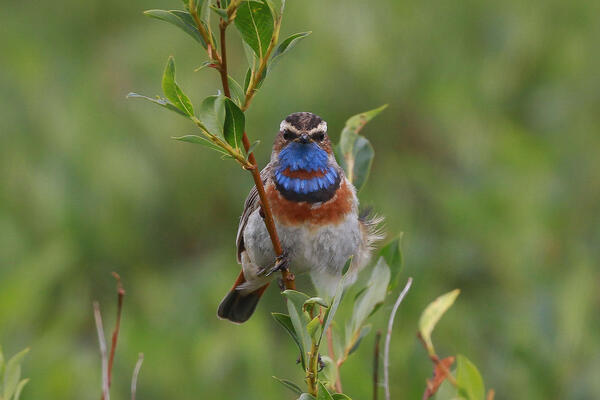Climate Science Champions, Season 1: Steve Matsuoka, Research Wildlife Biologist
Climate Science Champions, Season 1: Steve Matsuoka, Research Wildlife BiologistResearch Wildlife Biologist Steve Matsuoka explores how climate change affects the reproductive success of Alaska’s diverse bird communities, which include more than 100 species that migrate to Alaska each year world to breed.




























